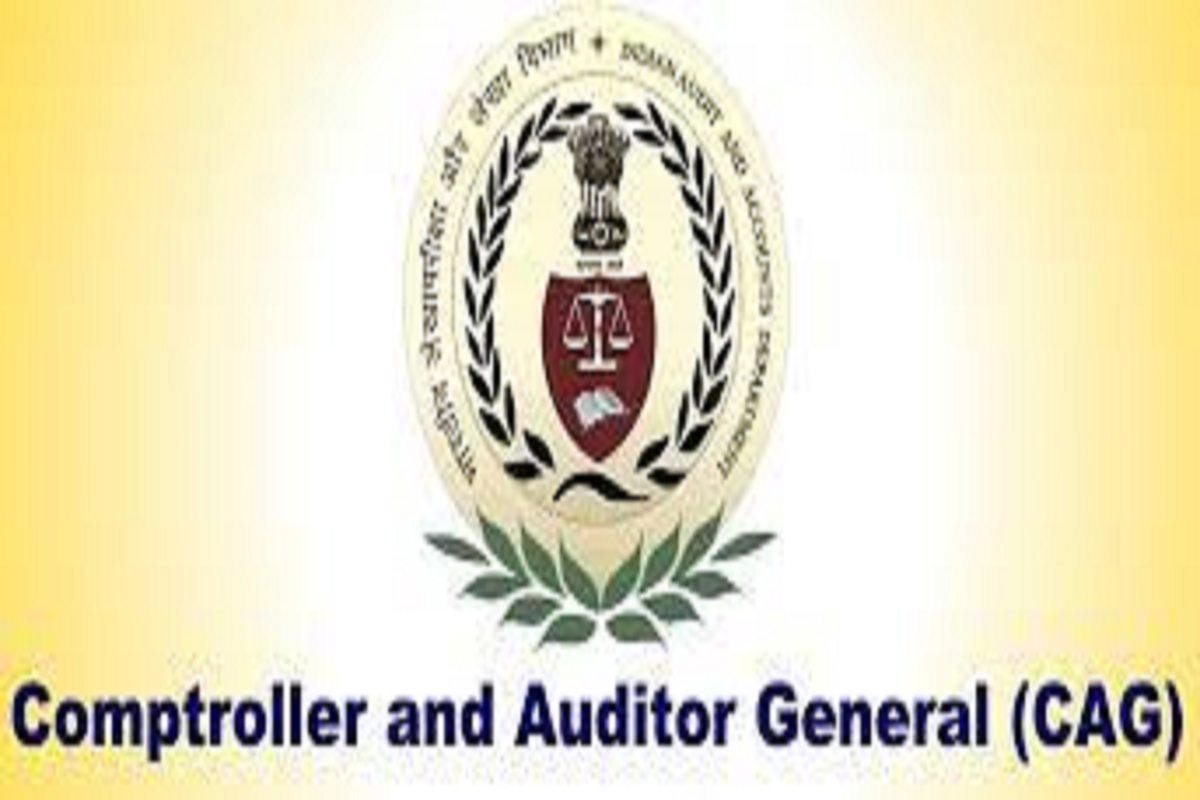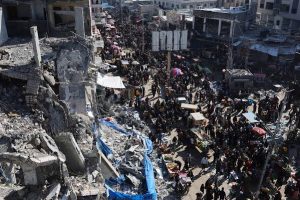The safe custody of gold and silver jewelries of Hindu Religious Institutions (RIs) governed by the Orissa Hindu Religious Endowment (OHRE) Act, 1951 has come under the scanner with the Comptroller and Auditor General of India detecting serious discrepancies in the safekeeping of precious wealth during a physical inspection.
The unsafe custody of the gold and silver ornaments of the deities has come to the light in the wake of an audit conducting joint physical inspection (JPI) of jewels (gold and silver) in 11 religious institutions in the presence of temple trustees, endowment officials and servitors.
Advertisement
“Out of 24,463.75 grams of gold found during JPI in these RIs, 9,313.86 gram of gold (38 per cent) was in the custody of sevaks and office bearers other than the Endowment Officers (EOs). Similarly, out of 284.55 kilograms (kg) of silver, 139.58 kg (49 per cent) was in the custody of sevaks and office bearers other than the EO, which was highly irregular. Thus, only 7 kg out of 29.64 kg gold (24 per cent) and 62.70 kg out of 332.55 kg silver (19 per cent) was in the joint custody of Management Trustee and the EO”, the CAG audit pointed out.
Advertisement
The temples taken up for joint physical verification were Sri Lingaraj Temple, Maa Mangala Temple, Maa Chandi Temple, Maa Sarala Temple, Jagannath Ballav Math, Sri Akhandalamani Temple, Thakur Mahal, Dhenkanal Debottar and Maa Ugratara Temple.
“The Endowment Commissioner had also not issued any directions to the respective RIs to conduct periodic physical verification of the same. Thus, there was no control and monitoring mechanism to safeguard the properties of the RIs”, CAG stated, detecting lapses in adherence to procedural norms.
During the JPI of five RIs, it was detected that the jewels were in the custody of different office bearers and sevaks (which were on record). These were weighed in the presence of Audit by goldsmiths engaged by the respective RIs. The audit found a shortage of 823.334 grams of gold and 53,595.84 grams of silver valuing Rs 60.07 lakh. The major discrepancy of 579.69 grams of gold and 52.182 kgs of silver was noticed in Maa Chandi Temple. The EO of the RI is yet to furnish a (July 2021) explanation for the discrepancy, the audit report said.
“Though the EO alone was authorised to be the sole custodian of jewels in respect of Maa Sarala Temple, the entire quantity of gold (5,952.36 gram) and silver (93,393.40 gram) were in the custody of sevaks and office bearers other than the EO”, the CAG noted.
As far as Maa Ugratara Temple is concerned, the entire quantity of gold and silver were found to be in the custody of Sevak and office bearers other than EO. Things had remained the same in Sri Gorakhnath Temple.
As per the record of the Sri Akhandalamani Temple, 8,510.500 grams of gold articles of the temple were stored in an iron chest in the District Treasury of Bhadrak. It was also recorded that two keys had been deposited in 1995, one with the MT of the temple i.e., the Sub-Collector, Bhadrak and the second one with the Tahasildar, Chandbali.
However, there was no acknowledgement of keys by both, in the record. Due to the non-availability of both the keys during the audit, the physical inspection of jewels could not be possible. Further, tracing of the second key with an unauthorised person created doubt on the availability of gold articles as per the record. Thus, accountability needs to be fixed for such carelessness in the preservation of keys of valuables, compromising their safe custody.
Thus, unauthorised custody of jewels valuing Rs 4.73 crore not only raised doubt on the safety of the same but also led to suspected pilferage as evident from the shortage of jewels found during a joint physical inspection, as discussed in the following paragraph.
Advertisement











